What is CBT Therapy, and How Can It Help?
Have you ever wondered how changing your thoughts/behaviors/emotions might change your life?
Cognitive Behavioral Therapy, or CBT, is a widely-used, evidence-based therapeutic approach focused on identifying and reshaping negative thoughts, emotions, or behavior patterns to improve mental health and well-being. In this post, we’ll explore what CBT is, how it works, and the benefits it can offer for those dealing with anxiety, depression, and other mental health challenges.
Understanding CBT Therapy
What is CBT, and How Does It Work?
CBT is based on the principle that our thoughts, feelings, and behaviors are interconnected. When negative thought/emotion/behavior patterns take root, they can lead to feelings of stress, anxiety, or sadness. CBT focuses on identifying these negative thoughts/emotions/or behaviors and replacing them with healthier, more constructive perspectives.
Many people struggle with overwhelming feelings that can feel unchangeable. By addressing the underlying thought patterns that contribute to these feelings, CBT provides tools for managing emotions, improving outlook, and ultimately creating a more positive experience in day-to-day life.
The Therapist’s Perspective on CBT
Key Elements and Techniques in CBT
From a therapist’s perspective, CBT is highly structured and goal-oriented. Here are a few of the core elements that make CBT effective:
Identifying Negative Thought Patterns
Therapists work with clients to pinpoint harmful beliefs, such as “I’m not good enough” or “I’ll never succeed.” These thoughts can greatly affect mood and behavior if left unchecked.
Cognitive Restructuring
This technique involves challenging negative thoughts and considering alternative, more balanced perspectives. For example, changing “I always fail” to “I may not succeed every time, but I can learn from each experience.”Behavioral Activation
In CBT, changing behavior is just as important as altering thoughts. Therapists often encourage clients to engage in activities that promote positive feelings and reduce avoidance of feared situations.Mindfulness and Relaxation Techniques
Many CBT practitioners incorporate mindfulness exercises, which help clients focus on the present moment and reduce worry about the past or future.
Benefits of CBT for Common Issues
How CBT Helps with Anxiety, Depression, and More
CBT is commonly used to treat a wide range of mental health issues, including anxiety, depression, PTSD, and OCD. Below are some examples of how CBT can address specific concerns:
Anxiety Management
CBT can help individuals manage anxiety by identifying and addressing irrational fears. Techniques like exposure therapy, a component of CBT, encourage individuals to face their fears gradually and with support.
Depression Relief
People dealing with depression often have persistent negative thoughts about themselves, their world, and their future. CBT helps individuals develop a healthier perspective, breaking the cycle of negative thoughts and feelings.Improved Coping Skills for Stress
CBT offers practical coping strategies that help clients handle stress more effectively, including problem-solving skills and relaxation techniques.For more on CBT, visit the National Institute of Mental Health’s CBT resource page
Conclusion
CBT is an empowering approach that emphasizes self-awareness and practical strategies for change. It’s highly effective for treating various mental health conditions and can be a valuable tool for improving overall well-being.
If you’re considering CBT, speaking with a therapist can help you understand if it’s the right fit for you. Therapy can be a transformative experience, guiding you to a healthier mindset and happier life.
eady to see if CBT can help you? Contact us for a free 15-minute consultation to learn more about CBT therapy and how it can support you.


